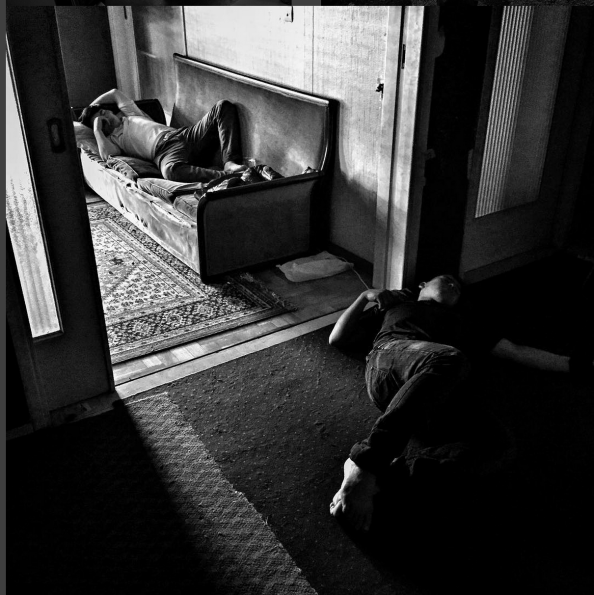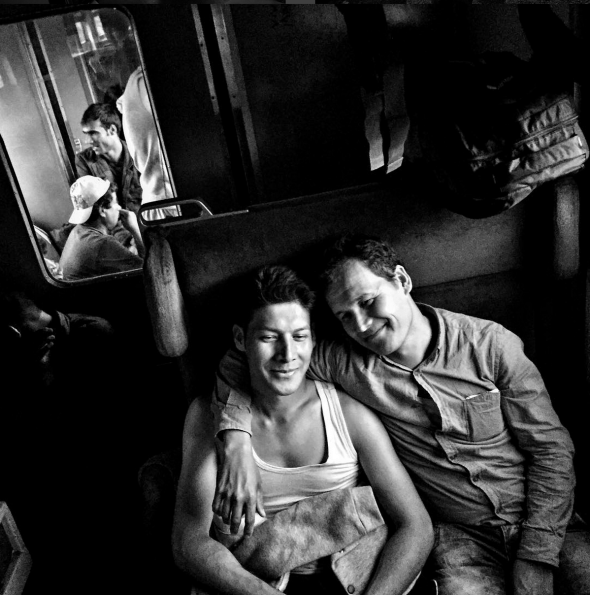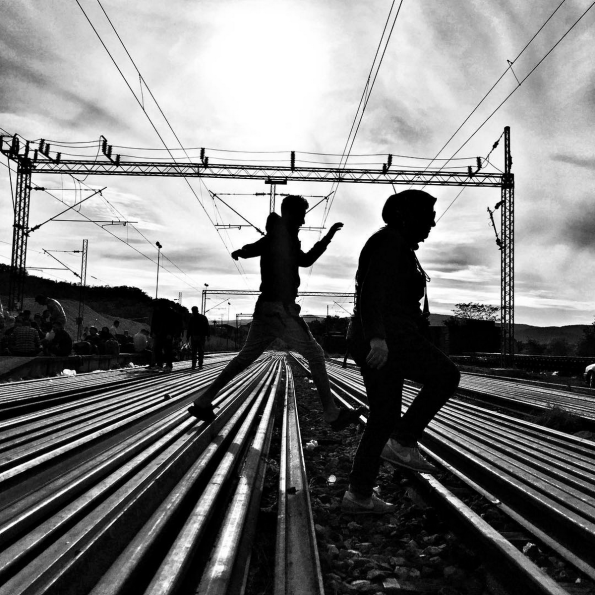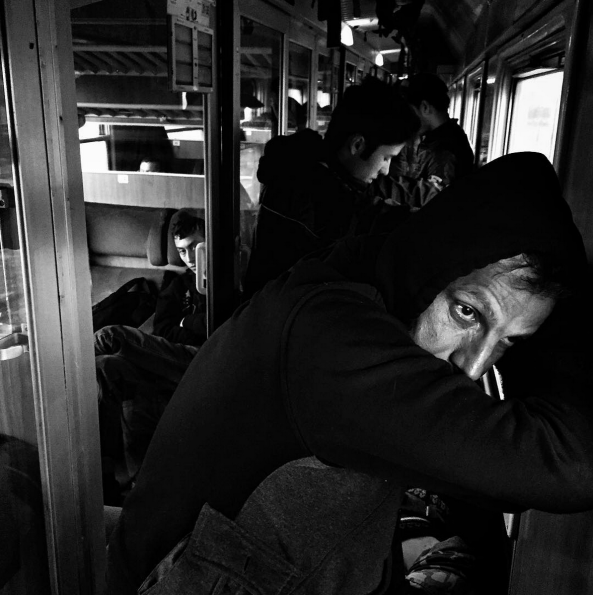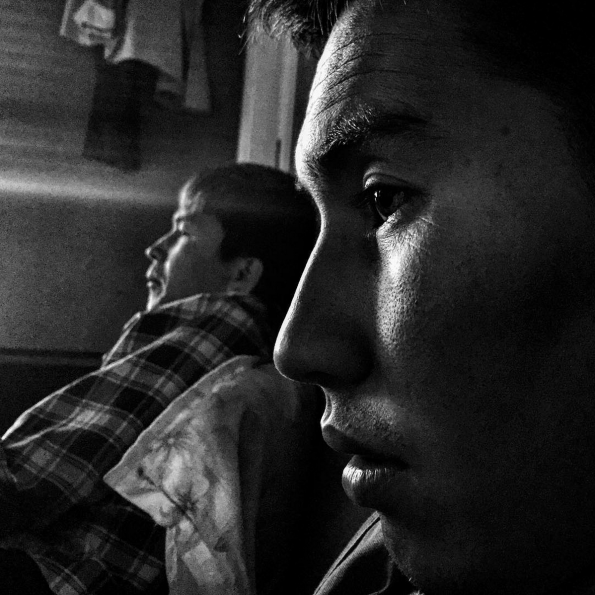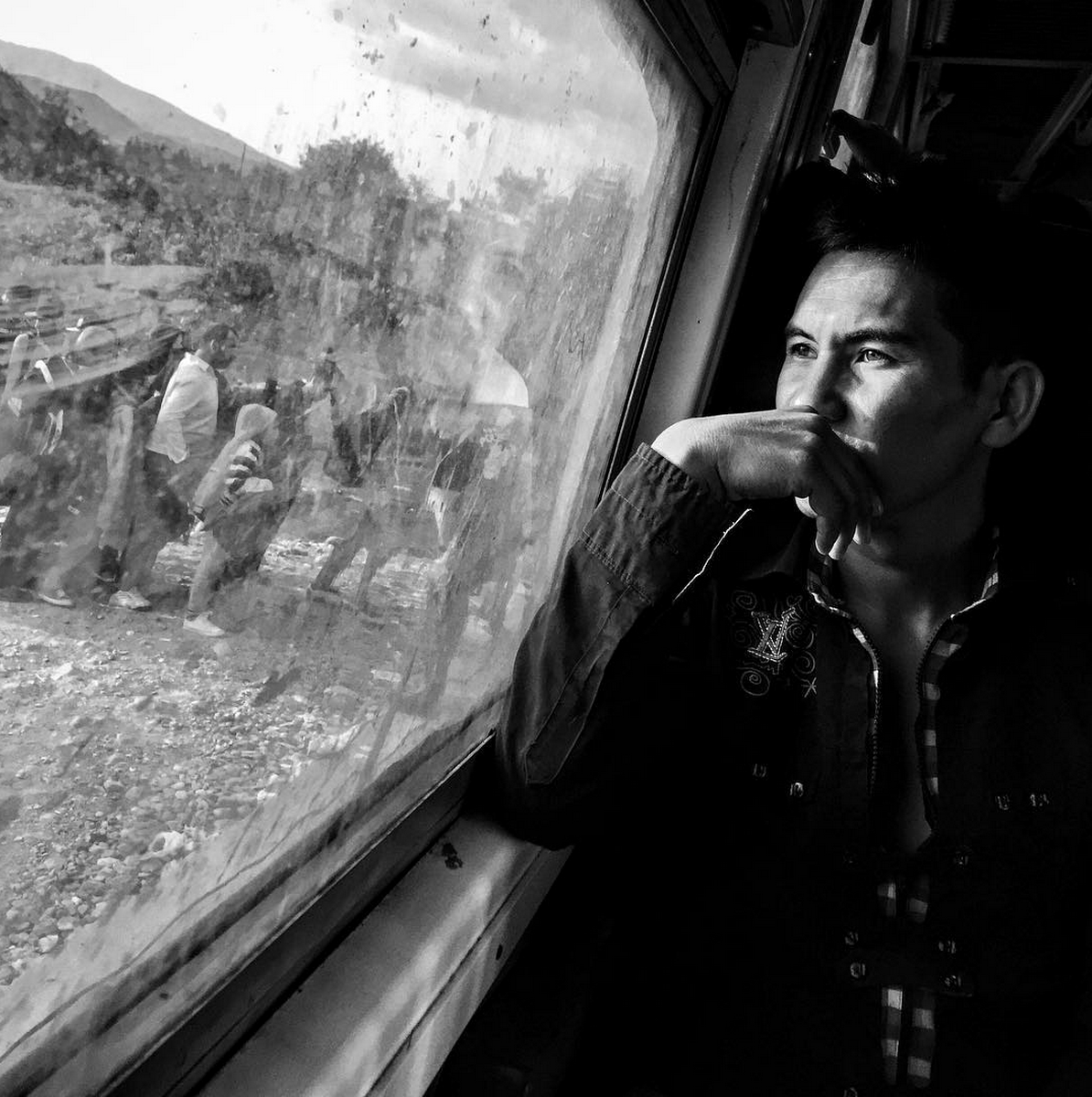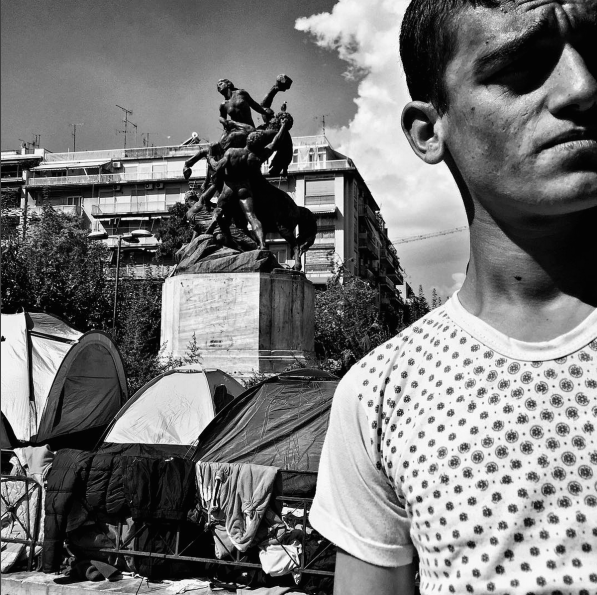All photographs are copyrighted Mujtaba Jalali, and are being used with permission.
Leaving one’s homeland is one of the boldest, and in many cases most terrifying, steps a person can take–and Mujtaba Jalali has known that since the beginning of his life. An Afghan refugee living in Iran, Jalali has always been curious about what makes people leave their homes, and in the past few years, people have been fleeing war and other harrowing circumstances in droves.
It was after the photographs of Alan Kurdi began shocked the world’s collective consciousness that Jalali decided to document the flow of refugees into Europe. Over the past several weeks, he’s been sharing images of his journey on Instagram, and his work caught the attention of Instagram itself, which put Jalali on its list of suggested users. This has helped his images reach a wider audience.
Here, he talks about life on this dangerous road.
Phoblographer: How has it been traveling with and photographing refugees on the way to Europe?
Mujtaba: I was born and grew up in Iran as an Afghan refugee and I had a label of REFUGEE on my forehead from the day I opened my eyes. So I always wanted to know why humans are abandoning their homeland, where all good and bad memories and days are there! That was such a self-probing for me, to know myself and human beings. So after spreading of Alan images (tree-year old kurdish child) I decided to document the story of refugees fleeing from war and unrest toward Europe Union, and I joined three Afghan guys in Tehran who have decided to go to Germany by human trafficking, and that was the start of a mysterious journey of life and death. To start taking pictures of an event which you yourself are a part of is truly pure and unique. Definitely that is the best way to tell a story to think what your roommate thinks and to feel how your fellow traveler feels.
Photographer: What have you learned about yourself as a photographer in the process?
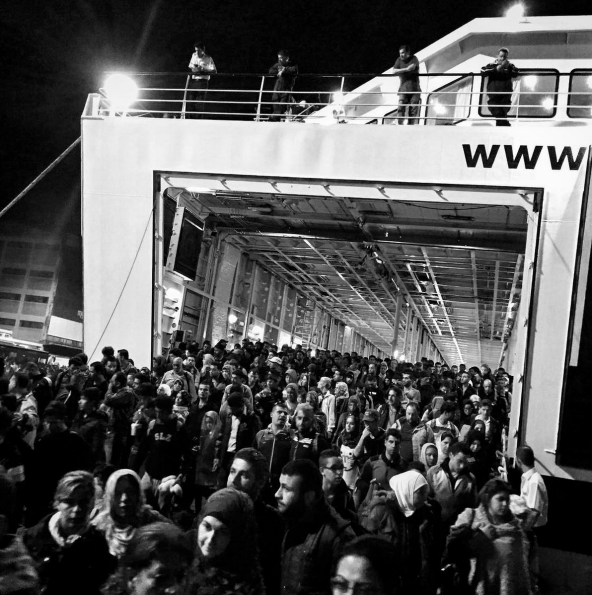
Mujtaba: As a photographer in the process I was thinking, doing and feeling just the same as the people whose story I was trying to tell. I lost some unique and amazing moments which should be photographed, but I was helping them carry the plastic boat up toward the sea to go to Lesbos Island, Greece. And that was a unique experience!
Phoblographer: In your captions on Instagram, you say you’re focusing on three Afghan men. Why these three?
Mujtaba: I just chose to travel with three Afghan guy who were friends of mine and it allowed me to tell the story in a group of refugees from principle to the destination.
Phoblographer: Why did you choose to document your journey in black and white?
Mujtaba: I chose black and white because there is no color in the story. I just wanted to focus on the subjects I’m taking pictures of.
Phoblographer: What are some of the biggest challenges you have faced?
Mujtaba: The biggest challenge I’ve faced was paradoxical treatment of humans to humanity. Thousands refugees including mothers and kids sleep in the freezing mountains near the borders at night while their kids crying. They pass the sea with a plastic boat while death embraces them wholly. They are fleeing from war and unrest in their homeland to seek a better life in peace, but soldiers in Iran and Turkey start to shoot at any sound made at the borders.
Phoblographer: If you could give one piece of advice to a photographer looking to document a humanitarian crisis, what would it be?
Mujtaba: I’m telling to my friends who are going to document humanitarian crisis to know much about the issues they are working on by studying as Sebastiao Salgado and be a member of the people they are photographing to feel the same as their subjects. It’s the morality in photojournalism.
